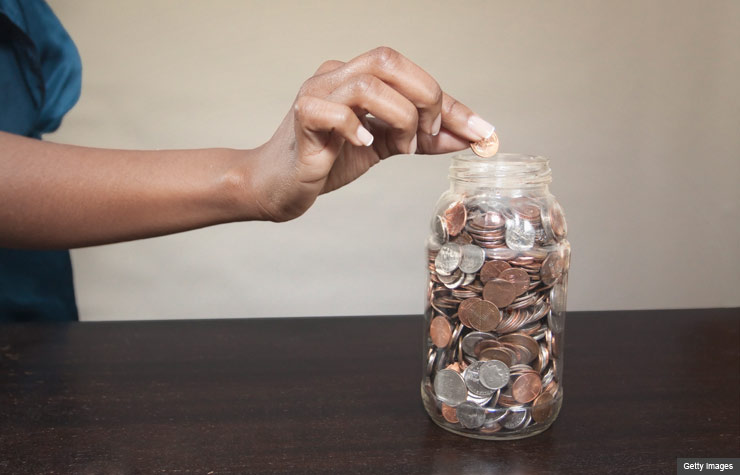AARP Hearing Center


The start of a new year is a great time to start anew economically, especially if you experienced financial or personal hardship in the past year.
Perhaps you've gone through a divorce. Maybe you lost a home to foreclosure or endured the sting of personal bankruptcy. Or you might just be emerging from big personal debts right at a time when you would expect to be living the good life.
Well, there are steps you can take to bounce back. Here are a few tips to get you started.
Sign up for the Money Matters newsletter for expert advice.
After bankruptcy: Get past shame and negative emotions
Bankruptcy can carry a terrible stigma. After all, most of us were taught to honor our obligations and pay our bills — no matter what. But the simple truth is that it's not always possible to repay our debts, despite our best efforts.
If you've had to file for bankruptcy protection — or are considering it — know that you're not alone. In fact, older people represent the fastest-growing group of bankruptcy filers in the U.S., according to a University of Michigan Law School study. A May 2011 survey from FindLaw.com indicated that one in eight adults in the U.S. — about 13 percent of the population — say they've contemplated bankruptcy.
Still, many people who have filed for bankruptcy protection often initially suffer from guilt and shame. But instead of allowing feelings of failure or disappointment to rule your life, turn those negative emotions around by looking at your bankruptcy as a learning experience. Take time to think honestly about what you could have done to prevent the situation, and then allow yourself the freedom to forgive any mistakes and move on.
Went through foreclosure? Create a "rainy day" fund
According to data from AARP's Public Policy Institute, a record number of homeowners age 50 and above went through foreclosure or were 90 days or more delinquent on their house payments between 2007 and 2011.
If you've recently lost a home, you have probably exhausted most of your savings.

































































More on money
Lending Money to Family, Friends
How to say no to friends and relatives always seeking financial assistance